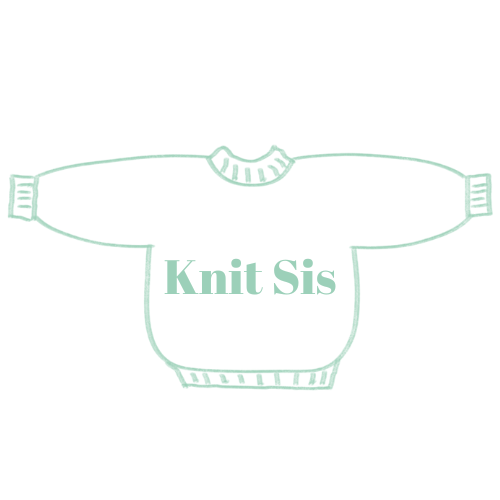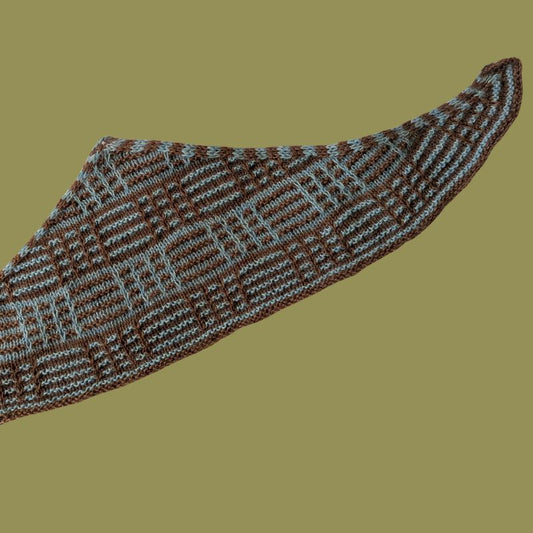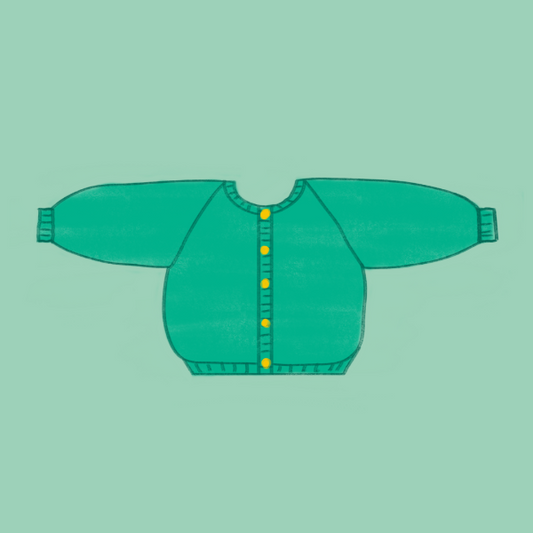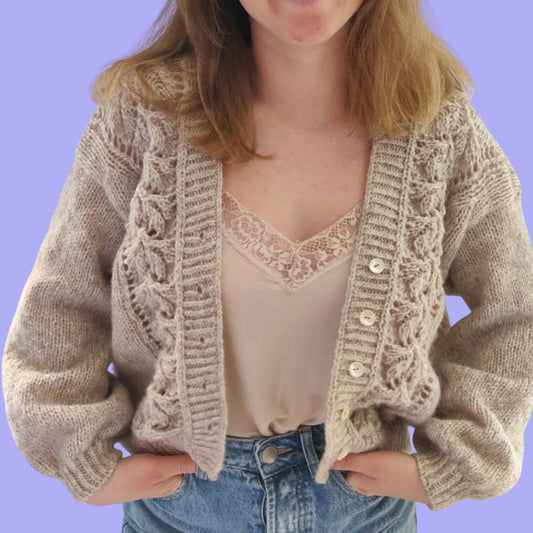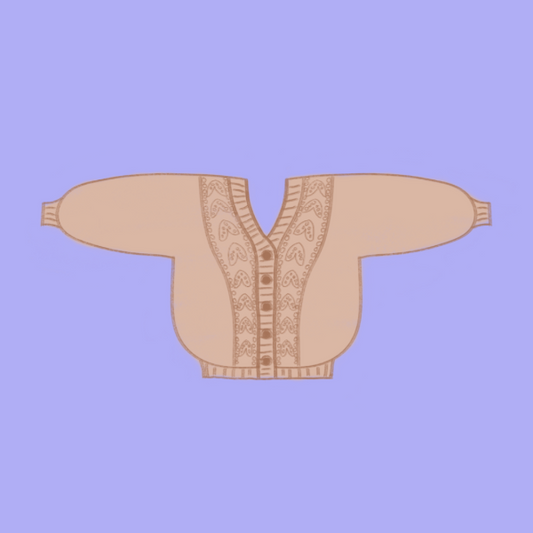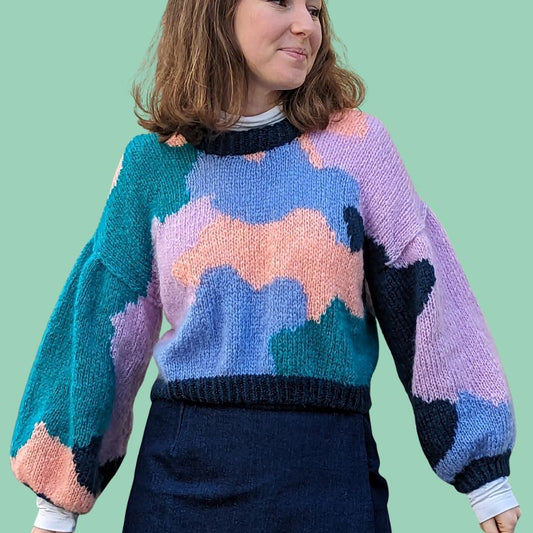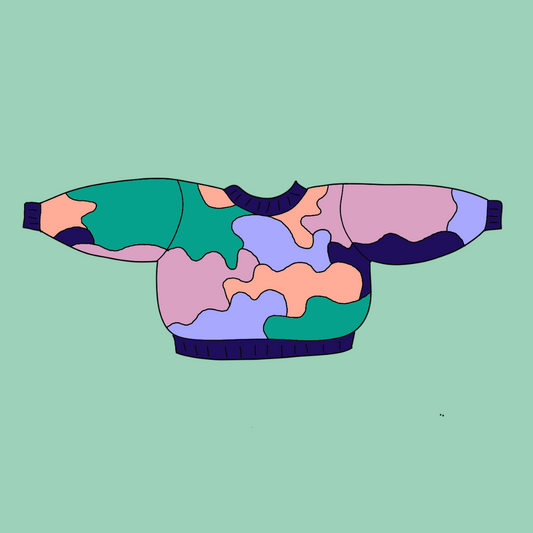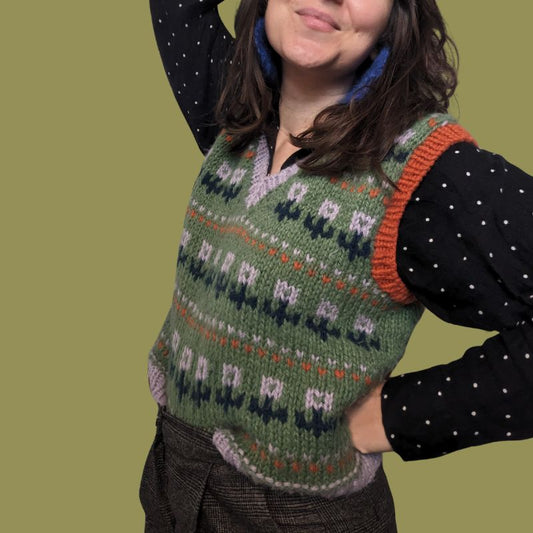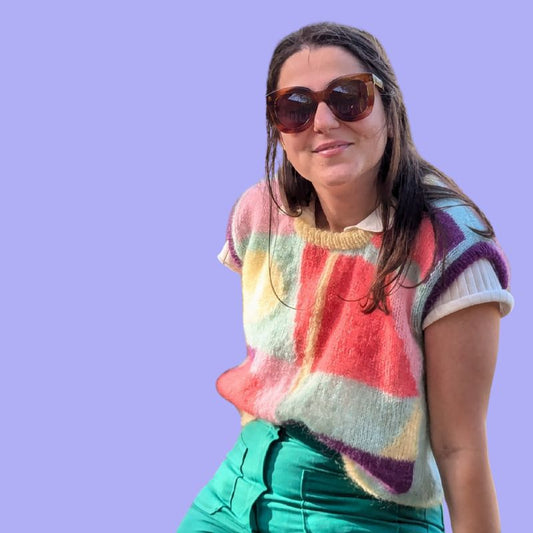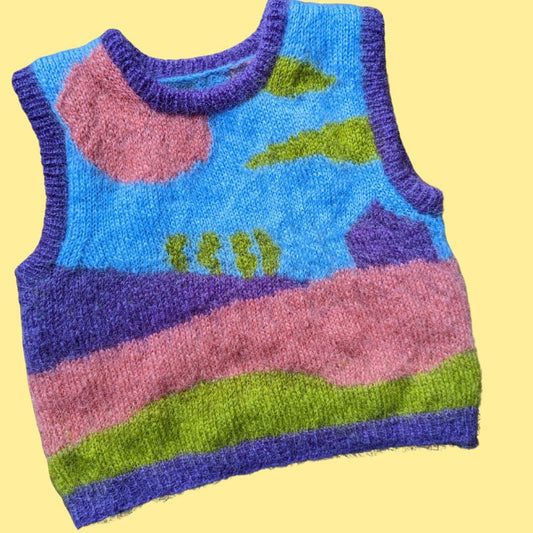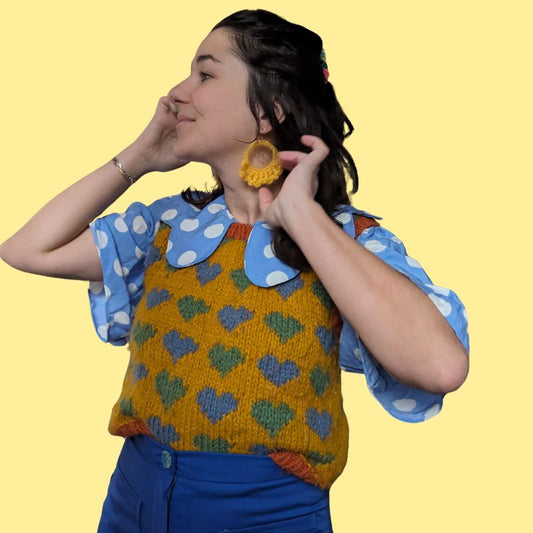Create your own knitting patterns with grid software (free or professional)
Knit SisShare
💬 “If only we had had these tools when we knitted our first jacquard at Mamé’s… we would have saved ourselves entire evenings undoing!” — Lenny & Louise
Introduction – The creative trigger 🎨
There's something magical about turning an idea into a knitting pattern , especially when that pattern comes from you. Whether you're dreaming up a sweater covered in tiny hearts, a retro floral cardigan, or an ultra-modern geometric jacquard, grid software is your best friend for taking inspiration from start to finish.
In this article, we guide you step by step to:
▪️ Choosing the right grid software (free or pro)
▪️ Create a harmonious and knitable pattern
▪️ Avoid classic mistakes (we speak from experience 😅)
▪️ Easily integrate it into your existing projects
1. Why use grid software to create your patterns? 🖥️
When drawing a pattern freehand, we often forget one essential thing: the stitches are not square, but slightly rectangular .
Result: the pretty cat we drew sometimes looks like... a sea lion.
With software:
▪️ You work on a grid that respects the actual ratio of your stitches
▪️ You immediately see the rendering
▪️ You can test multiple versions without wasting wool
▪️ You can export the ready-to-knit pattern
💡 Knit-sis tip : even for a small pattern (like a heart on a sleeve), we always recommend using software. This will save you from unpleasant surprises.
2. Best Grid Software – Free & Pro 🏆
Free software to get started
▪️ Stitch Fiddle (online): simple, intuitive, perfect for beginners.
▪️ Chart Minder : useful if you like to create variations quickly.
▪️ KnitPro 2.0 : transforms your images into grids.
💬 We created the floral pattern of the Tulip Vest partly on Chart Minder, and it's a joy to adjust the details!
Professional software to go further
▪️ Adobe Illustrator + custom grid : total freedom, but requires a little mastery.
▪️ DesignaKnit : ultra-complete, perfect if you also want to manage knitting machines.
▪️ KnitBird : interface dedicated to designers, high-quality export.
3. How to create a pattern that works on your needles 🪡
Respect the width/height ratio of the meshes
Make a sample, measure, and then configure your software. Without this, your pattern will be distorted.
Limit the number of colors per row
In jacquard, two colors maximum per row to avoid pulling threads or holes.
Anticipate floating areas
If a space exceeds 5 stitches without a color change, consider crossing the threads.
💡 Knit-sis example : in the Mondrian sweater , we deliberately cut out the color blocks to avoid endless floats.
4. Integrate your pattern into an existing project 📐
If you already have a pattern, simply replace the stockinette stitch section with your custom design.
For example :
▪️ A plain back → add a large central pattern
▪️ Sleeves → play with vertical stripes
▪️ A plain cardigan → jacquard pattern just below for a subtle touch
📌 Knit-sis pattern ideas perfect for inserting your motif:
▪️ Cardichou – Top-down raglan cardigan, perfect for testing a pattern in the yoke
▪️ Festi – Ideal for a festive pattern on a plain background
▪️ Doudou Sweater – Free, great for experimenting without pressure
Conclusion – On your charts, get set… knit! ✨
Creating your own patterns is a bit like writing your signature in wool. Whether you're into florals, stripes, or geometric patterns, grid software will turn your ideas into concrete projects , and we're here to guide you.
💌 Want to go further?
▪️ Discover our jacquard collection
▪️ Or get started with an adaptable pattern like the Cardichou
